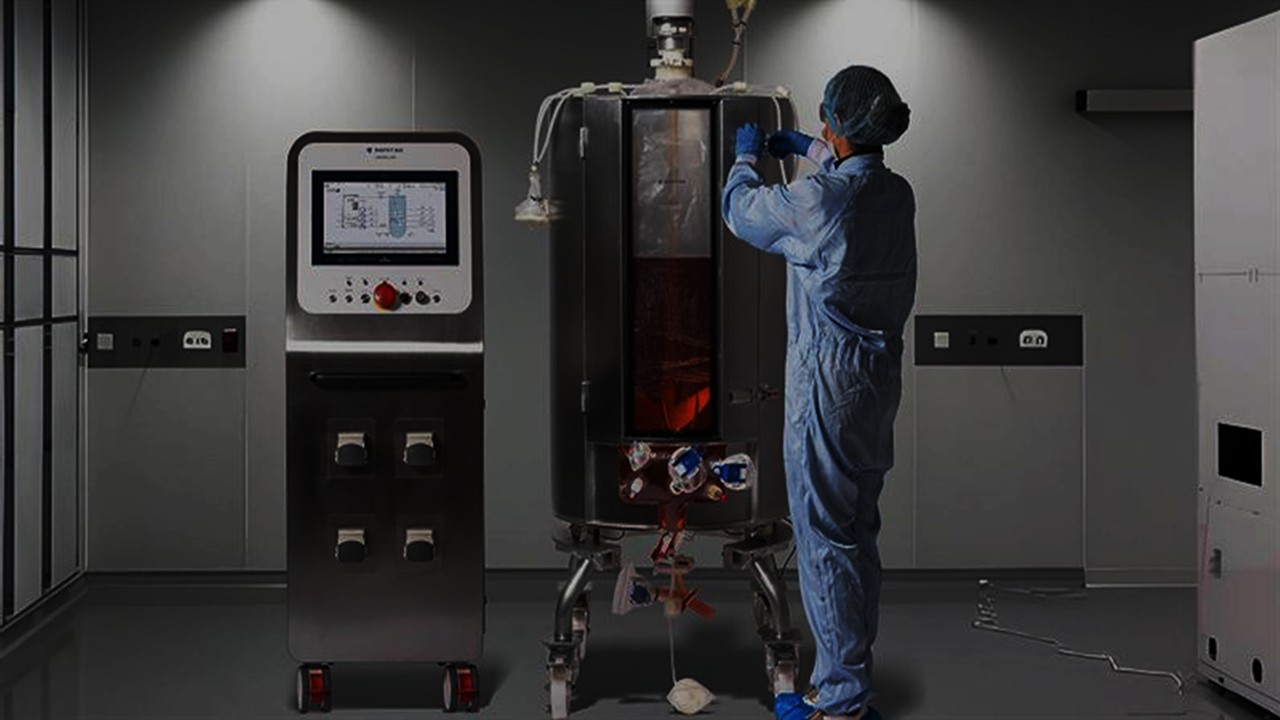Recent advances in artificial intelligence (AI) and machine learning (ML) have sparked a revolution in the clinical management of spinal diseases, particularly in predicting surgical outcomes for conditions such as lumbar disc herniation and spinal stenosis. One landmark study by Jujjavarapu et al. successfully employed a deep learning model to outperform traditional statistical methods in predicting surgical interventions for these spinal conditions. This innovation not only demonstrated the superior diagnostic ability of AI but also pointed to its potential to reshape clinical decisions in the future.
This model’s ability to anticipate early surgical interventions with an impressive margin over the benchmark logistic regression model underscores the growing role of AI in offering clinicians a more robust predictive tool. By refining decision-making processes, AI can directly impact patient care, guiding treatment strategies with increased accuracy, thereby reducing unnecessary surgeries and improving overall patient outcomes.
Patient-Reported Outcomes: The New Frontier
In another groundbreaking development, AI has ventured into the prediction of patient-reported outcomes post-spinal surgery, an often-overlooked but critical aspect of patient recovery. Halicka et al.’s study developed AI models to predict changes in back and leg pain intensity and assess postoperative outcomes using the Core Outcome Measures Index (COMI) scores. The most intriguing part of this research lies in the moderate predictive power these models demonstrated, showing both the promise and current limitations of AI applications in clinical settings.
The study identified several significant predictors, such as age, baseline scores, and patient morbidity. These predictors are crucial in refining how clinicians approach post-surgical care, guiding individualized recovery plans. The study highlighted, however, that while these models offer a new layer of insight, they remain at a borderline acceptance level for clinical use, suggesting the need for further research and integration of more comprehensive prognostic factors to achieve clinical reliability.
Enhancing Length-of-Stay Predictions with AI
Hospital length of stay (LOS) has become an essential metric in evaluating the effectiveness and efficiency of surgical interventions. Shahrestani et al.’s work, applying machine learning algorithms to preoperative and perioperative datasets of patients with spondylolisthesis, represents a significant clinical advancement. Their use of k-nearest-neighbors (KNN) models to predict extended hospital stays yielded unparalleled accuracy, achieving near-perfect predictive outcomes across multiple performance metrics.
The success of these models in anticipating extended LOS offers an invaluable tool for resource management in clinical settings. Predicting which patients will require extended postoperative care allows for better surgical planning and optimization of hospital resources, further emphasizing AI’s clinical utility. While this represents a technical triumph, its broader application must be approached with caution, ensuring that predictions align with patient-specific factors and outcomes.
AI: A Paradigm Shift in Spinal Imaging
Spinal imaging has traditionally relied on manual analysis, a process that is often time-intensive and prone to human error. AI is rapidly reshaping this domain. Techniques such as convolutional neural networks (CNNs) and support vector machines (SVMs) are now being applied to the interpretation of complex imaging data, automating the identification of spinal anomalies such as fractures, stenosis, and degenerative changes.
Jamaludin et al.’s CNN model for spine curve identification exemplifies the clinical impact of AI, offering rapid and highly accurate assessments of spinal alignment-related pathologies. With a notable sensitivity and specificity, this model suggests a future where early detection of scoliosis or kyphosis could prevent long-term complications, offering a tangible improvement in clinical outcomes for affected patients.
Moreover, deep neural networks are now capable of grading multiple spinal regions with a level of precision that far exceeds traditional methods. These AI-driven approaches promise to not only reduce the time spent on manual grading but also provide a more consistent and reliable analysis, particularly in large-scale studies or epidemiological settings.
Tailoring Rehabilitation Through Machine Learning
The role of AI in spinal rehabilitation is equally transformative. Beyond diagnosis and surgical planning, machine learning models are now being deployed to customize rehabilitation programs for spinal surgery patients. Predictive models are used to identify patients at risk for more challenging recoveries, enabling clinicians to preemptively adjust rehabilitation protocols. This individualized approach could lead to significant improvements in patient outcomes, particularly for those undergoing complex surgeries such as spinal fusions or deformity corrections.
Furthermore, brain-computer interfaces (BCIs) represent an exciting frontier in neurorehabilitation. These AI-driven systems offer a new way to facilitate motor recovery by directly engaging neural pathways during rehabilitation exercises. The integration of AI in this domain highlights its growing relevance in not just managing spinal conditions but in actively enhancing recovery, enabling patients to regain function more effectively.
Challenges and Ethical Considerations in AI-Driven Spinal Care
As AI continues to integrate into the clinical framework of spinal care, a host of challenges emerge, particularly concerning data quality and ethical responsibility. The reliability of AI models depends heavily on the diversity and accuracy of the datasets they are trained on. A lack of representative patient data can lead to skewed results and potentially harmful clinical recommendations. This is particularly critical in spinal care, where patient outcomes are highly variable and dependent on numerous, often subtle, factors.
Additionally, the “black box” nature of many AI algorithms raises significant concerns about transparency and accountability in clinical decision-making. Clinicians must understand how these models generate their predictions to maintain patient trust and ensure that AI complements rather than replaces human expertise.
In conclusion, while AI holds immense promise in transforming spinal care, its clinical integration must be pursued with careful attention to ethical standards and data rigor. Future research should focus on expanding the capabilities of AI, ensuring its reliability across diverse patient populations, and continuously refining its algorithms to meet the highest standards of clinical care.
A Future Shaped by AI: The Road Ahead in Spinal Care
The clinical potential of AI in spinal care is vast, with advancements in diagnosis, prognosis, and rehabilitation offering a glimpse of a more personalized and effective healthcare future. As AI continues to evolve, its role in spinal care will likely expand, shaping a new era of precision medicine tailored to the unique needs of each patient. However, achieving this vision requires ongoing research, robust clinical trials, and the development of ethical frameworks that ensure these powerful tools are used responsibly and effectively in patient care.
As we move forward, the integration of AI into spinal care promises to offer clinicians enhanced capabilities, reduce patient complications, and ultimately improve the overall quality of care delivered to those suffering from debilitating spinal conditions.
Study DOI: https://doi.org/10.3390/jcm12134188
Engr. Dex Marco Tiu Guibelondo, B.Sc. Pharm, R.Ph., B.Sc. CpE
Editor-in-Chief, PharmaFEATURES
Register your interest [here] at Proventa International’s Clinical Operations and Clinical Trials Supply Chain Strategy Meeting this 14th of November 2024 at Le Meridien Boston Cambridge, Massachusetts, USA to engage with thought leaders and like-minded peers on the latest developments in the clinical space and regulatory affairs.

Subscribe
to get our
LATEST NEWS
Related Posts

AI, Data & Technology
Precision in Three Dimensions: A Novel Approach to Tumor Resection and Reconstruction of the Femoral Trochanter
The integration of digital modeling and personalized guides into the surgical workflow transforms the execution of tumor resection and reconstruction.

AI, Data & Technology
Blueprint for the Future: Establishing Rigorous Standards for Medical AI Data
Medical AI requires not just vast datasets but datasets of impeccable quality.
Read More Articles
Mini Organs, Major Breakthroughs: How Chemical Innovation and Organoids Are Transforming Drug Discovery
By merging chemical innovation with liver organoids and microfluidics, researchers are transforming drug discovery into a biologically precise, patient-informed, and toxicity-aware process.
Tetravalent Vaccines: The Power of Multivalent E Dimers on Liposomes to Eliminate Immune Interference in Dengue
For the first time, a dengue vaccine candidate has demonstrated the elusive trifecta of broad coverage, balanced immunity, and minimal enhancement risk,













